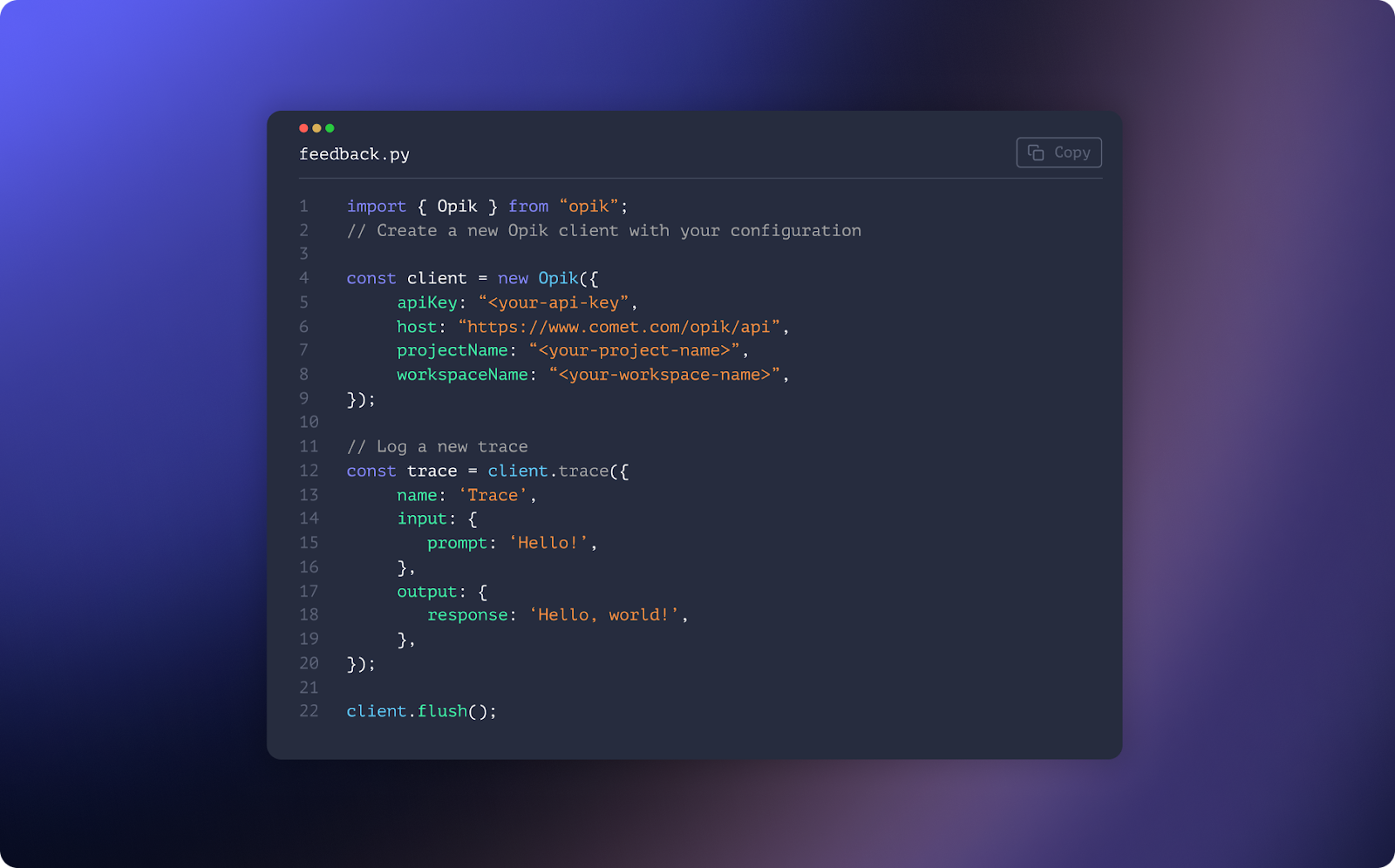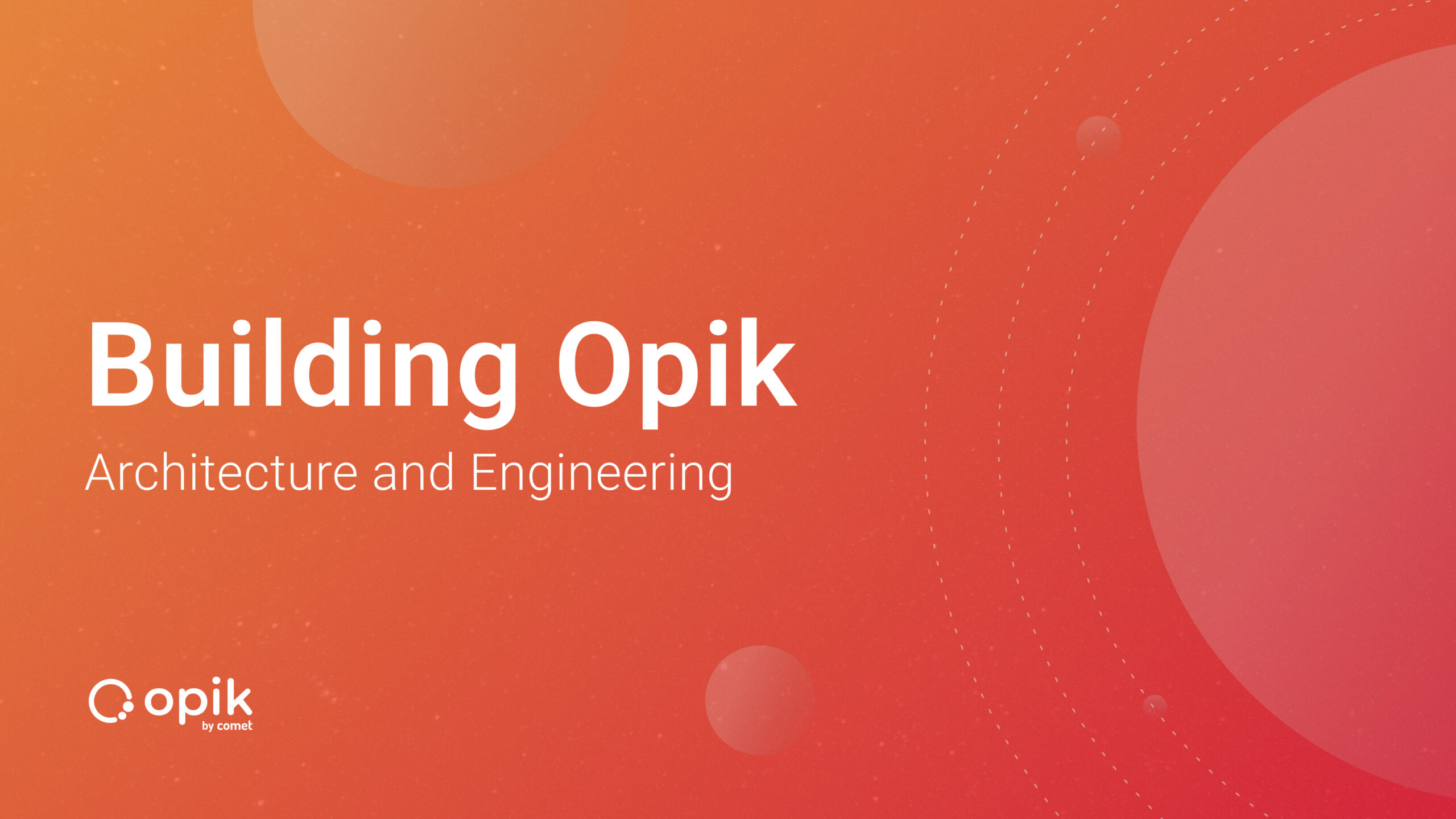Understanding the Vast Applications of Time Series Analysis in Machine Learning with Comet
Machine learning has revolutionized how we process and analyze data, making it possible to derive valuable insights and predictions from various data types. Time series data, consisting of observations collected or recorded at regular intervals, is a critical data type that holds immense importance in various domains, from finance and healthcare to climate science and industrial processes. To harness the full potential of time series data, machine learning practitioners often turn to time series analysis, a specialized field that plays a pivotal role in extracting meaningful patterns and knowledge from temporal data. This article explores the rich landscape of time series analysis in machine learning, focusing on how Comet, a powerful machine learning experiment management platform, can enhance the process.
What is Time Series Analysis?
Time Series Analysis is a specialized field within statistics, data analysis, and machine learning focused on understanding and modeling data points collected or recorded at regular intervals. In essence, it deals with sequences of data ordered chronologically. This data type is widespread and can be found in various domains, including finance, healthcare, climate science, economics, engineering, etc. Understanding time series data is crucial because it provides insights into evolving trends, patterns, and dependencies, enabling informed decision-making, forecasting, and anomaly detection.
Time series analysis remains a critical tool for making sense of the wealth of temporal data available today.
Comet Machine Learning in Time Series Analysis
Comet, a robust experiment management platform, offers several advantages when working with time series data in machine learning:
1. Experiment Tracking
Comet enables machine learning practitioners to track and organize experiments related to time series analysis easily. This includes storing code, hyperparameters, and results, allowing for efficient collaboration and documentation.
2. Model Comparison
Machine learning projects involving time series data often require the evaluation of various models and techniques. Comet simplifies model comparison, enabling data scientists to assess the performance of different models and choose the one that best suits their specific time series problem.
3. Visualizations and Reporting
Time series data is often easier to interpret when presented visually. Comet offers customizable visualizations and reporting capabilities, making generating informative charts and graphs simple to communicate results effectively.
4. Collaboration and Knowledge Sharing
Comet fosters collaboration among team members by providing a centralized platform for sharing insights, models, and findings related to time series data. This promotes knowledge sharing and accelerates the development of accurate time series models.
Here are some key concepts and components of Time Series Analysis:
- Temporal Data: Time series data consists of observations or measurements taken at specific time intervals, such as daily stock prices, hourly temperature readings, monthly sales figures, etc. The data points have a natural order, and this temporal aspect is a fundamental characteristic of time series analysis.
Components of Time Series Data:
- Autocorrelation: Time series data often exhibits autocorrelation, which means that the current value of a data point is related to its previous values. This concept is fundamental for modeling and predicting future data points.
- Noise/Irregularity: Random variations or noise in the data that cannot be attributed to trends or seasonality. Identifying and removing noise is a critical part of time series analysis.
- Stationarity: A crucial assumption in time series analysis is that the statistical properties of the data do not change over time. A stationary time series has a constant mean, variance, and autocorrelation structure, making it easier to model and analyze.
- Seasonality: Regular patterns or fluctuations that occur at specific intervals, like daily, weekly, or yearly patterns. For example, retail sales often exhibit seasonality, with higher sales during holidays.
- Trend: The long-term movement or direction in the data. Trends can be ascending, descending, or even flat.
- Forecasting: One of the primary goals of time series analysis is forecasting future values. Machine learning techniques are commonly used, such as ARIMA (AutoRegressive Integrated Moving Average), exponential smoothing, and deep learning models.
- Anomaly Detection: Time series analysis helps identify unusual events or anomalies in the data. For instance, detecting unique data traffic patterns in network security can help uncover potential cyberattacks.
- Modeling Techniques: Time series data can be analyzed and modeled using various techniques, including statistical models, machine learning models, and deep learning models. The choice of the method depends on the data’s characteristics and the goals of the analysis.
- Software and Tools: Software and tools for time series analysis are essential for working with time-dependent data in various fields, including finance, economics, meteorology, and more. Here’s a list of some popular software and tools used for time series analysis:
- Comet: Comet is a platform that offers features for tracking, comparing, and visualizing time series experiments. It provides a user-friendly interface.
- R: R is a widely used open-source statistical programming language and environment. It offers various packages and libraries, including “stats,” for time series analysis.
- Python: Python, along with libraries like “pandas,” “statsmodels,” and “scikit-learn,” provides a versatile environment for time series analysis, making it a popular choice for data scientists and analysts.
- MATLAB: MATLAB is a proprietary software platform that includes comprehensive tools and functions for time series analysis and signal processing.
- SAS: SAS (Statistical Analysis System) is a software suite often used in research and industry for advanced analytics and time series modeling.
- IBM SPSS: SPSS (Statistical Package for the Social Sciences) is a statistical software package that includes time series analysis features.
- Jupyter Notebooks: Jupyter Notebooks allow users to create and share documents that contain live code, equations, visualizations, and narrative text, making it a popular choice for documenting and sharing time series analysis workflows.
- Tableau: Tableau is a data visualization tool that can be used for time series data visualization and exploration.
- Excel: Microsoft Excel can be used for basic time series analysis, especially for small datasets. It provides functions for trend analysis and charting.
- STATA: STATA is a software application often used for econometrics and time series analysis in economics and social sciences.
The choice of software or tools for time series analysis depends on factors such as the complexity of the analysis, the user’s familiarity with the software, and the specific requirements of the task. Each of these tools has its strengths and weaknesses, and the best choice depends on the context and goals of the analysis.

An autoregressive integrated moving average (ARIMA) is a statistical analysis model that uses time series data to understand the data set better or predict future trends.
If a statistical model predicts future values based on past values, it’s autoregressive. For example, an ARIMA model might forecast a company’s earnings based on past periods or predict a stock’s future prices based on past performance. An ARIMA model is a combination of a number of differences already applied to the model to make it stationary and the number of previous lags with residual errors to forecast future values. In Econometrics, time series analysis is used to measure events that happen over time. The model is used to understand past or predict future data.
An AutoRegressive Integrated Moving Average model is a time series forecasting and analysis model used in statistics and econometrics. It combines three key components to model and forecast time series data:
- AutoRegressive (AR): The “AR” component models the relationship between the current value in a time series and its previous values. It assumes that the current value is a linear combination of its own past values. The order of the autoregressive component is represented by “p,” and it indicates how many previous time points are considered in the model.
- Integrated (I): The “I” component refers to differencing the time series data to make it stationary. Stationarity is a crucial assumption for ARIMA modeling, as it ensures that the statistical properties of the data remain constant over time. The order of differencing is represented by “d” and denotes how many times differencing is required to achieve stationarity.
- Moving Average (MA): The “MA” component models the relationship between the current value in a time series and the past forecast errors (white noise). It assumes that the current value is a linear combination of past error terms. The order of the moving average component is represented by “q,” indicating how many past error terms are considered in the model.
By combining these three components (AR, I, and MA) with their respective orders (p, d, q), the ARIMA model can capture and forecast the patterns and behavior of time series data. ARIMA models are widely used in various fields, such as economics, finance, meteorology, and epidemiology, for time series analysis and prediction.
Applications of Time Series Analysis
The applications of time series analysis in machine learning are vast and span numerous industries. Here are some prominent examples:
1. Financial Forecasting
Time series analysis is widely employed in financial markets to predict stock prices, currency exchange rates, and other financial instruments. Traders and investors use these predictions to make informed decisions. Comet can help streamline the process by providing a platform to track and compare different models and experiments.
2. Healthcare and Predictive Medicine
In the healthcare sector, time series analysis can be applied to monitor patient vitals, predict disease outbreaks, and even forecast patient admissions. This is especially important in the telemedicine age, where remote patient data monitoring is becoming increasingly common.
3. Energy and Utilities
The energy industry utilizes time series data to optimize energy consumption, predict equipment failures, and manage resources efficiently. For example, utilities can use time series analysis to forecast electricity demand, helping them allocate resources effectively.
4. Environmental Monitoring
In climate science and environmental monitoring, time series data is vital for understanding and predicting climate patterns, air quality, and natural disasters. It helps scientists make informed decisions regarding climate policies and disaster preparedness.
5. Industrial Process Control
Manufacturing industries leverage time series analysis to monitor and control industrial processes, ensuring the quality and efficiency of production. It helps in the early detection of anomalies, reducing downtime and improving product quality.
Conclusion
Time series analysis is vital in machine learning, with applications spanning multiple industries. The ability to predict, forecast, and detect patterns in temporal data has become increasingly important.
Comet provides a large and powerful platform for managing time series analysis projects, allowing data scientists to track experiments, compare models, create visualizations, and collaborate effectively. As time series data continues to gain prominence in machine learning, platforms like Comet are becoming indispensable for harnessing their full potential and delivering meaningful results.


